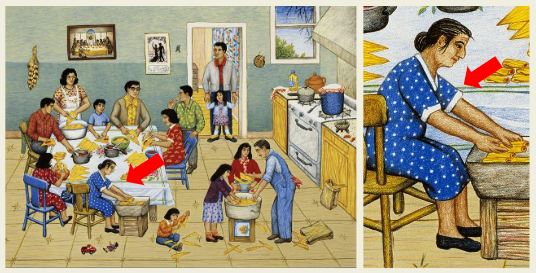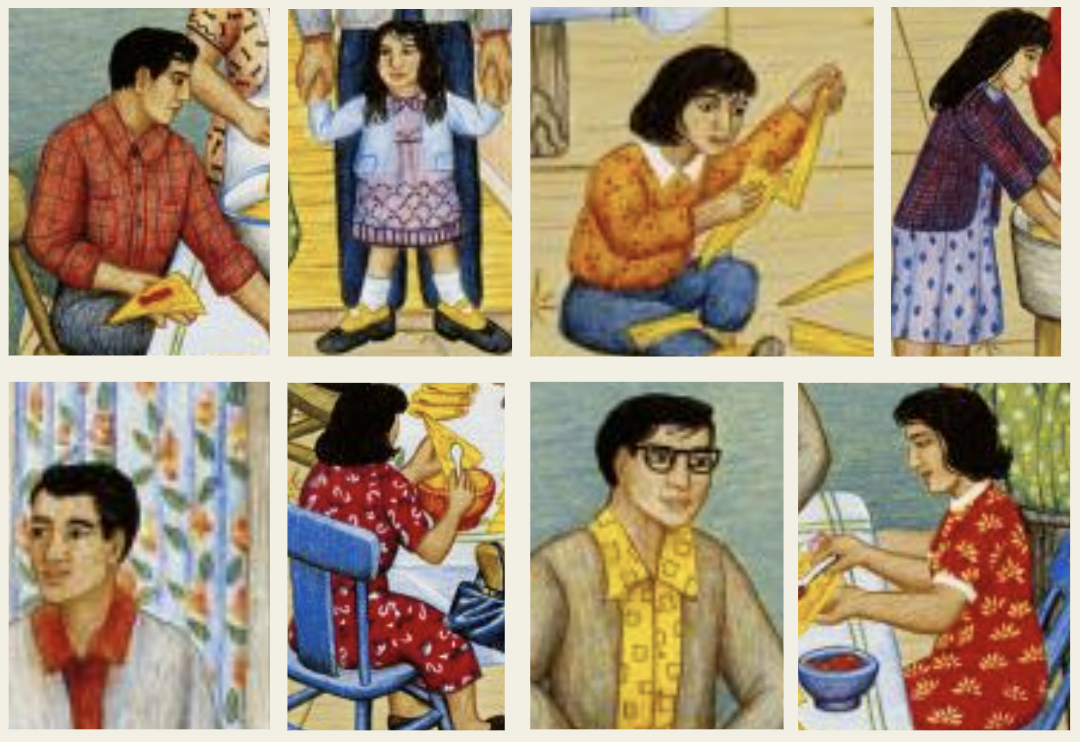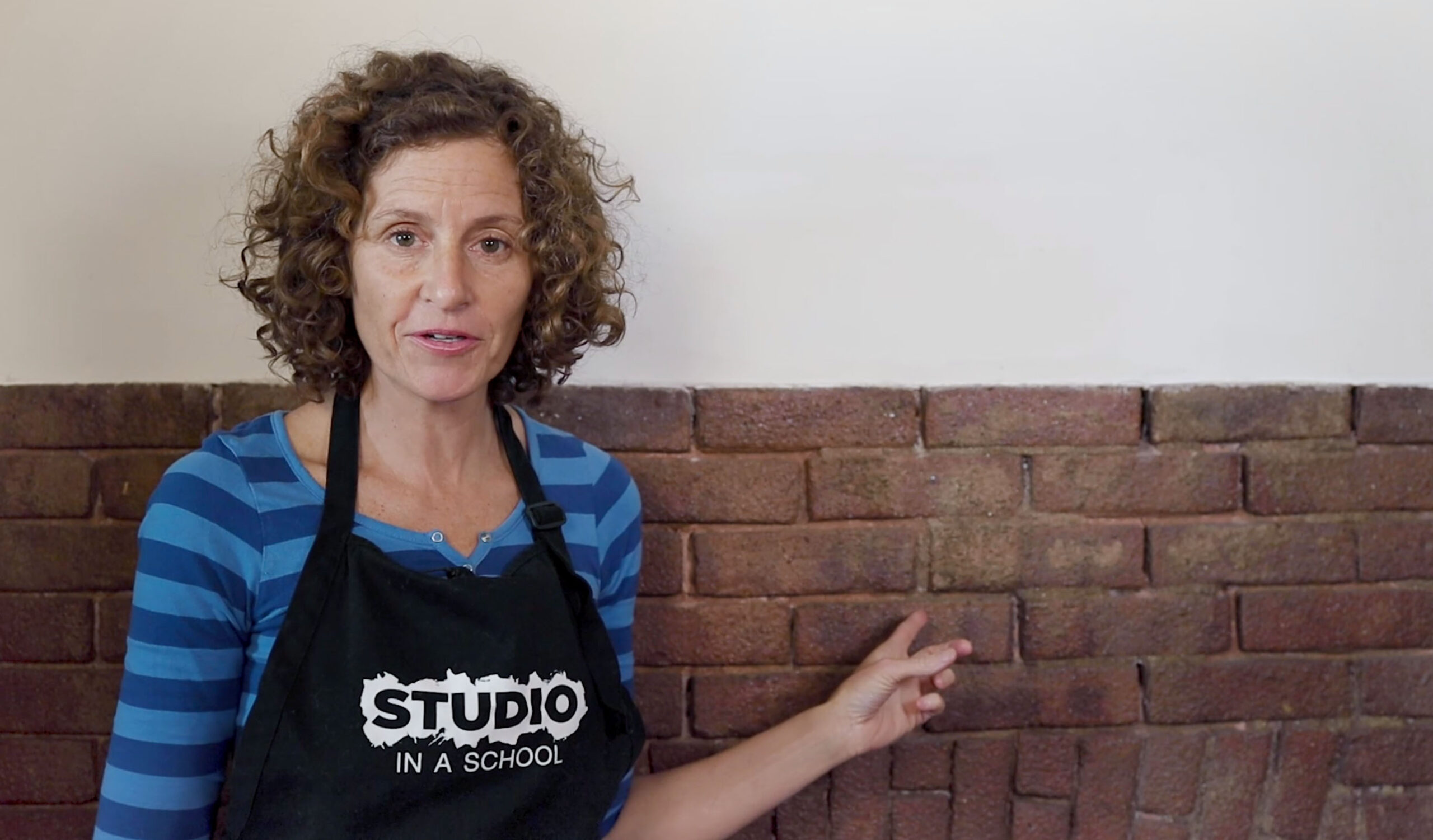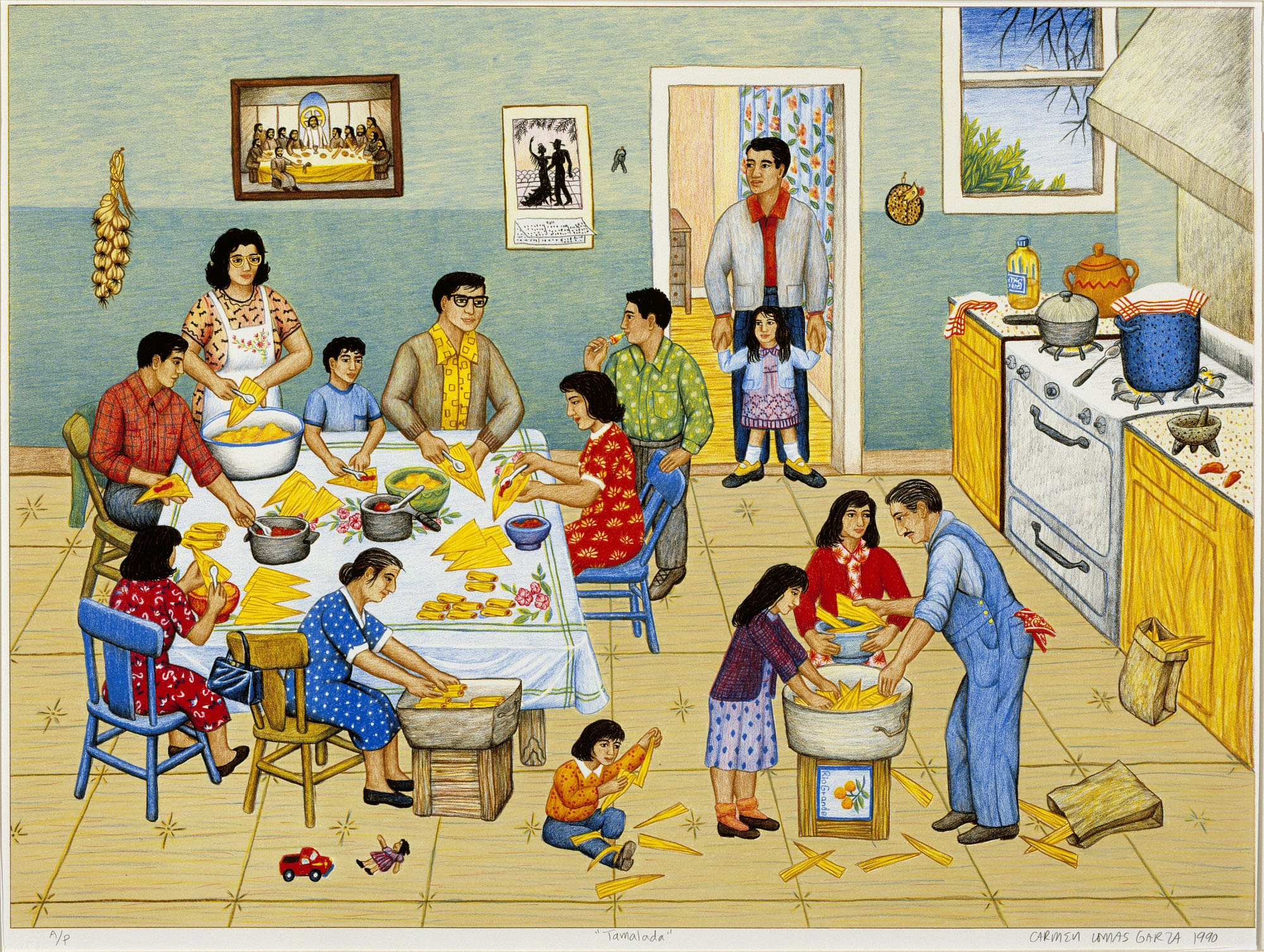Overview
In this lesson, students will look for different patterns in their home. They will draw patterns they see and create new patterns from their imagination.
Materials and Tools
- One piece of paper
- Something to draw with (crayons, markers, or colored pencils)
- Looking for Patterns video
- Looking for Patterns student slides
Objectives
- Students will be introduced to four elements of art: line, shape, color, and pattern
- Students will look closely to find patterns, then draw them
Student Outcomes
Students will be able to create artworks using different lines, shapes, colors, and patterns
Students will understand that:
- There are many different types of patterns, and they can be found everywhere
- Shapes can be geometric or organic and can be found everywhere
- Patterns are made up of lines, shapes, and colors
Students will be able to:
- Use pencils to make a variety of patterns
- Observe and draw different patterns they find
- Put lines, shapes, and colors together to create patterns
Activities
Note: The following steps are written with sample language you may use with your students as you go through the lesson. Explain to students that the slides and the video they see during the lesson will be shared with them so they can review the lesson on their own and continue to make more art.
Step 1: Introduction/Watch Looking for Patterns Video (10 minutes)/Close Looking, with Student Slides #1-8 (15 minutes)
Welcome back, artists. So far, we have learned that lines and shapes are everywhere around us. Today, we are going to explore how lines and shapes can be repeated to make patterns. To get us ready for our final scavenger hunt, let’s look at Student Slide #2.

The artist is holding up a drawing showing us a pattern she observed in her home.
- Can you identify where she found a repeating rectangular shape in her environment?
Take a moment to look around you.
- Can you find a line or shape that repeats?
- What repeating line or shape did you find?
Let’s look at Student Slide #3.

- Which pattern is made up of geometric and organic shapes?
- Which pattern is made up of repeating lines?
Draw the pattern in the air.
Now let’s put our pattern eyes to work and revisit Carmen Lomas Garza’s painting, Tamalada.
- Can you find a pattern on a shirt, dress, or object?
For a bit of guidance, look at Slides #5, 6, and 8.



Step 2: Pattern Walk, with Student Slides #9-10 (10 minutes)
We just observed and identified organic and geometric patterns in a work of art. Now it’s time for you to look for patterns in your environment. Turn to Student Slides #9 and 10 to learn how to get your art materials ready for your walk.
Student Slide #9 shows us how to fold our paper into four rectangles. Folding paper can be a little tricky. I find that when I fold paper it helps to line up the edges. Once I have my edges lined up, I make a crease on the opposite side using my whole hand. To complete the job, I go back and forth on the folded edge three times so the paper stays nice and flat. Go ahead and fold your paper, artists.
Now let’s turn to Slide #10. The artist is showing us how she filled each rectangle with only one pattern. Drawing this way will give you plenty of space to repeat the lines and shapes you find in your patterns. Be sure to try this out for yourself.

Now let’s draw! Fill the top rectangles with patterns you observe in your home. Be sure to leave the bottom rectangles empty for now. We’ll use them for our next activity.
Hmm…maybe you could begin looking for patterns by observing the clothes that you’re wearing, just like we noticed patterns in the clothing in Garza’s painting.
Step 3: Creating Patterns from Imagination, with Student Slide #10 (10 minutes)
Let’s combine everything we’ve learned so far about lines, shapes, and patterns to create new patterns from our imagination. To get started, let’s review Slide #10.
- What line is the artist using in the bottom left-hand corner to create her pattern from imagination?
- Do the colors also create a pattern? How do you know?
Think about the lines, shapes, and colors you have explored in the last two lessons.
- Were there lines and shapes that you drew that you really loved?
If you have your drawings handy, you can look at them for some ideas. We’re now going to draw patterns from our imagination using lines, shapes, and colors. Use the last two rectangles on your paper to draw your imaginary patterns. Have fun, artists!
Step 4: Reflection Questions for Discussion (10 minutes)

- Where did you find patterns in your home?
- Which patterns did you draw? What lines, shapes, and colors did you use?
- What patterns did you create from your imagination? What lines, shapes, and colors did you use?
Vocabulary
Repeat
Pattern
Resources
Carmen Lomas Garza, Tamalada (Making Tamales). 1990, Smithsonian American Art Museum: https://americanart.si.edu/artwork/tamalada-35507

